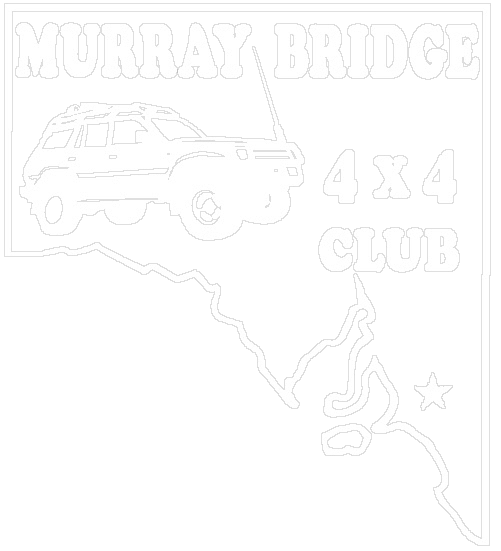arlethamarte
@arlethamarte
Profile
Registered: 1 year, 10 months ago
Eight Solid Reasons To Avoid Lego History
Lego's iconic interlocking blocks have challenged both adults and children for more than seven decades. Lego recently surpassed Ferrari as the most powerful brand in the world.
(image: https://i.ytimg.com/vi/lFtR6NWEFA4/hq720.jpg)
The first time consumers did not enjoy plastic toys at first. Many of the toys were returned following disappointing sales. Godtfred Kirk Christiansen, who had been promoted to a junior manager in 1954, developed the concept of an interactive toy system.
Ole Kirk Kristiansen, founder
Ole Kirk Christiansen, a Danish carpenter, started his own company that made wooden toys, stepladders, and ironing boards in 1932. The company was incorporated under his name and renamed Lego. Lego as a play-on-words for the Danish expression "play well."
When carpentry jobs slowed in World War II he began creating plastic toys. The venture was not a success at first.
In 1947, he bought the plastic molding equipment and developed the first interlocking plastic bricks. His son Godtfred manage the company.
The First Bricks
In 1932 Ole Kirk Christiansen founded LEGO in his workshop in Billund, Denmark. In case you cherished this short article along with you wish to get more info relating to #1 lego sets available generously stop by our website. He named the company after two Danish words, leg godt ("play well").
The company was the first toy manufacturer in Denmark to acquire a plastic injection moulding machine in 1947. The company began producing basic automatic bricks. They were renamed Lego bricks in 1949. They were enhanced with interlocking studs as well as tubes in 1958, the year before Christiansen died and his son Godtfred took over the business.
In 1969, Lego introduced Duplo which were larger blocks for children younger than. In nine years, they introduced the first Minifigures.
The Second Bricks
Lego bricks are the most widely recognized childhood toys around the world. But what exactly are they made of? What causes them to hurt when you take a walk over them?
By 1947, the company changed from woodworking (ladders, stools ironing boards, and ladders) to manufacturing plastic toys. The company also bought an injection molding machine that enabled it to make the famous Lego bricks. They were called Kiddicraft Self-locking Bricks. The bricks were made of cellulose-acetate, a polymer that's still commonly used to make eyeglass frames.
The Third Bricks
In the early 1950s, many LEGO shipments were returned due to low sales. Godtfred, however, was determined to make his plastic bricks become a hit. He sought out an overseas toy seller and designed the current standard system wherein pieces snap together.
Nine years later the company released Minifigures, a line of humanoid yellow figures that became a staple of themed LEGO sets. Then, Lego released licensed themes that were based on famous films such as Star Wars or Harry Potter.
The Fourth Brick
Since its inception the basic Lego brick has remained the same. The click coupling mechanism allows it to expand and last through many generations of kids.
Toy makers also make various sets that are advanced. They include the Technic range, which allows children to build realistic machines. The Duplo line, on the other hand, features larger bricks that are aimed at children of a younger age. In addition, LEGO has kept its eye in the pulse of pop media, working with major television and film franchises.
The Fifth Bricks
In 1947, Kristiansen made a purchase that would revolutionize the company. He bought a plastic injection-molding machine, which allowed Lego to mass produce its toys.
In 1969, Duplo was introduced, which were larger bricks aimed towards children who were younger. In 1977, Technic, a line of toys for older children was introduced with robots as well as programmable features. In 1978, Lego released its first minifigures.
The world of childhood has been dominated by these tiny and flexible bricks. But what are they really made of?
Sixth Brick
LEGO introduced sets that contained all the pieces needed to make their. This proved to be a very loved move as people were enticed to buy sets over and over.
In 1969, the company introduced DUPLO which were larger bricks that were more comfortable to manage for kids younger than. Nine years later, they launched the Minifigure which was a small, posable toy that featured a smiling face.
The company continues to thrive even today, and is keeping its fingers on the pulse. They've teamed up with popular characters like Star Wars and Harry Potter to keep their offerings fresh and relevant to the new generation of users.
The Seventh Bricks
In 1969, Lego launched the Duplo Series, which was a series of larger blocks designed to play with for kids. Then in 1978 came the first minifigures, with movable arms and legs.
In 1963, the material that was used to make LEGO bricks switched from cellulose acetate to the stronger acrylonitrile butadiene styrene (ABS) plastic. ABS is less prone to deterioration and also holds its color better.
LEGO has now produced a vast assortment of toys and other products, such as board games, retail stores, movies and theme parks.
Website: https://workbenchwizard.com/best-lego-sets.html
Forums
Topics Started: 0
Replies Created: 0
Forum Role: Participant
